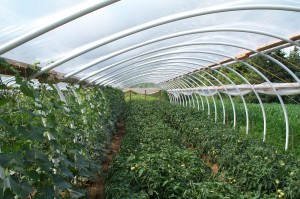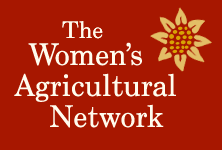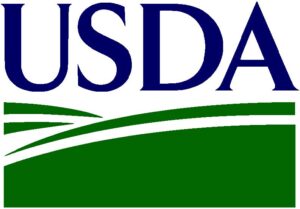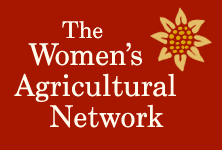I find it’s so easy to get caught up in the day-to-day activities of work and lose sight of the future that we are striving to achieve. I am constantly checking things off of my to-do list, measuring my accomplishments by my ability to subtract more tasks than I add! I know this is the life that so many of us lead.
In contrast, taking some time for a mental trip into the future can be important for keeping the fire burning in the day-to-day realm. Last week I attended a meeting in Portland, Maine designed to help all attendees focus on the future of our regional food system. Although it was a bit tamer than a science fiction movie, it certainly made me think twice about the world we are hoping to create, and some paths we might take to get there. Most importantly, I considered what might be the role of the Center for Sustainable Agriculture in helping to actualize parts of this vision which focused on the year 2060.
The (still a work-in-progress) vision was drafted by a team of people who had done some actual calculations that accounted for how many people we might have in our region in 2060, the likely impacts of climate change, and other significant variables. It was also built on the assumptions that we would be striving to achieve healthier eating, “smart growth” in both urban and rural areas, energy conservation, environmentally sustainable farming methods, a commitment to forest conservation, and a right to healthy food for all. Given the current state of affairs, it’s easy to get cynical about this ideal, but good to put it on the table!
Here are some highlights of the vision that would support the region providing 50% of the food that a population of 17 million might consume:
- · The assumption that healthy food, fair wages, safe working conditions, and the ability to enjoy one’s food culture are fundamental human rights. This would require significant policy changes.
- · A tripling of the land in agricultural production. This would still allow for sweeping forest protection.
- · New England cows fed mostly on pasture and hay.
- · An assumption that Midwestern feed grains will still be imported into the region.
- · Some grain for human consumption produced in New England, but not a large amount.
- · Consumption of more nutrient-dense fruits and vegetables and fewer “empty calorie” foods.
- · A reduction in fish intake to match the amount that can be caught in New England waters. This assumes that the fisheries will be restored to their former abundance.
- · A consideration of what foods can best be produced locally, regionally, and globally.
The vision is designed with multiple scenarios that each account for a range of assumptions. For example, one scenario, called “regional reliance,” assumes that food available at the global level is scarcer and more expensive, requiring us to rely heavily on regionally produced food.
Although many participants at the Maine meeting were not prepared to adopt the vision, we agreed it provides lots of opportunity for thoughtful discussion and a meaningful look at how the decisions we make today might affect the our food future. Check it out!







